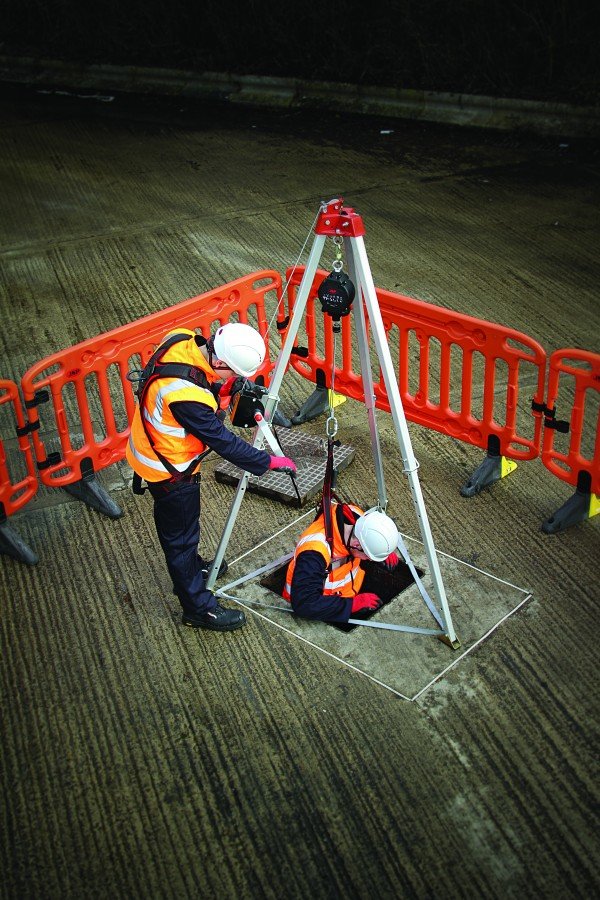Building sites can be cruel
 Most readers will be familiar with the risks of working at height. David Towlson offers his advice on choosing the best access equipment.
Most readers will be familiar with the risks of working at height. David Towlson offers his advice on choosing the best access equipment.
Risk assessment for work at height issues is in principle relatively straightforward and easy. This is largely because the risks of work at height in most common scenarios are well known. The choices available for managing those risks are also mostly well known too.
But where people really need help is in making the right decisions about access equipment in a given situation. In the absence of specific legal direction, companies have to weigh up the competing demands of time, cost, resources, space requirements (proximity of other buildings) etc. against the benefits in terms of a marginal increase in safety. Individual homeowners are even more aware of this – they don’t generally keep a handy mobile access tower or MEWP as a second vehicle in the garden.
In practice, the basic strategies for eliminating or controlling work at height risks are as follows:
- Building design – The UK even has a code of practice covering building design for this exact purpose (BS 8560) – to encourage designers (i.e. architects) to take work at height access requirements into account from the very beginning and, as far as possible, eliminate the need for it. There is a companion code (BS 8454), which covers training for work at height.
Example: one designer was considering using water-based exterior paint high up on a building but decided on balance to go for solvent based because it was far more durable and therefore would require far less frequent maintenance access at height.
- Hierarchical approach – this is the familiar avoid work at height (if possible), prevent falls, minimise the distance of the fall mantra. In part this is enabled by the building design. However, it is also the choices you have to make with an existing building (where you have to live with the design or retro-fit). In this regard, HSE’s Work At Height Access Equipment Information Tool (WAIT) does sterling work raising the game. The tool takes account of a range of important factors – height where the person is working, duration of work, how often the access equipment has to be moved, whether there is restricted access, type of work (heavy vs. light) and whether the access equipment needs to be freestanding or not. The user is then left with a range of informed choices.
However, the user often needs to use a combination of methods and have an eye for the overall risk. Don’t end up reducing the specific risk of work at height but then increase it in some other area through poor choices of control strategy (erecting some form of protection is not without risk either).
Managing the way the person works needs to be factored into all of this. For example, anyone who has been on a high protein diet knows that the effects of wind are more pronounced at higher altitudes and when carrying large sheet materials. The old standbys of housekeeping/waste management, maintaining/inspecting equipment and training play their part.
Finally, be prepared for emergencies – rescue from heights is not as easy as from the ground. At the very least it’s acutely embarrassing after the relief of being caught by fall arrest equipment to face the realisation of ‘now what do I do?’ You’ll just never hear the last of it. Building sites can be so cruel.
David Towlson is director of training at RRC International
Building sites can be cruel
Most readers will be familiar with the risks of working at height. David Towlson offers his advice on choosing the
Safety & Health Practitioner
SHP - Health and Safety News, Legislation, PPE, CPD and Resources Related Topics
Workers facing uncertain future coupled with health and safety risks, new IOSH report says
Legionella Management: Who can be appointed as RP, DRP, AP or CP?
James Macpherson on risk: ‘More of the same won’t work’

